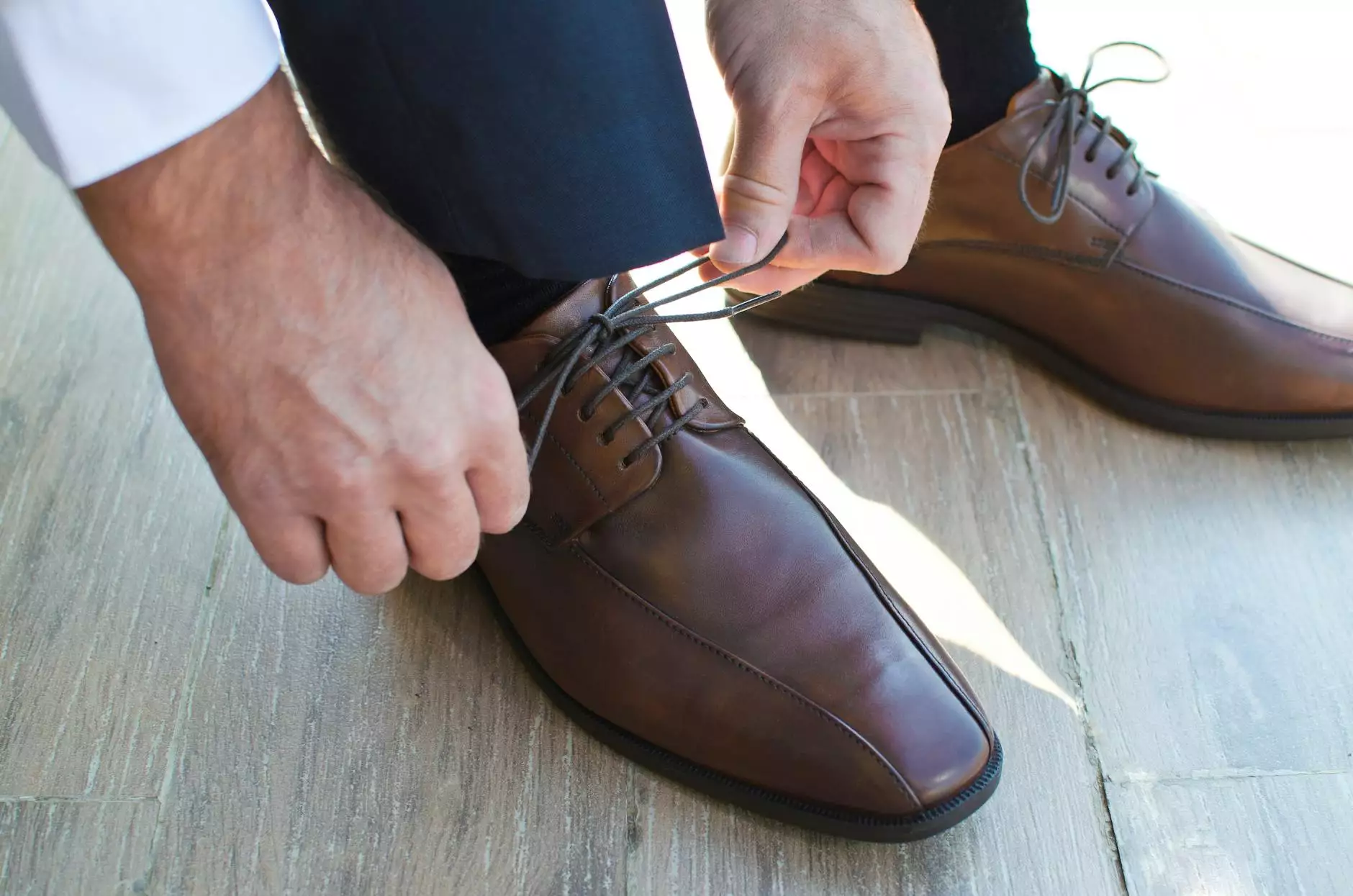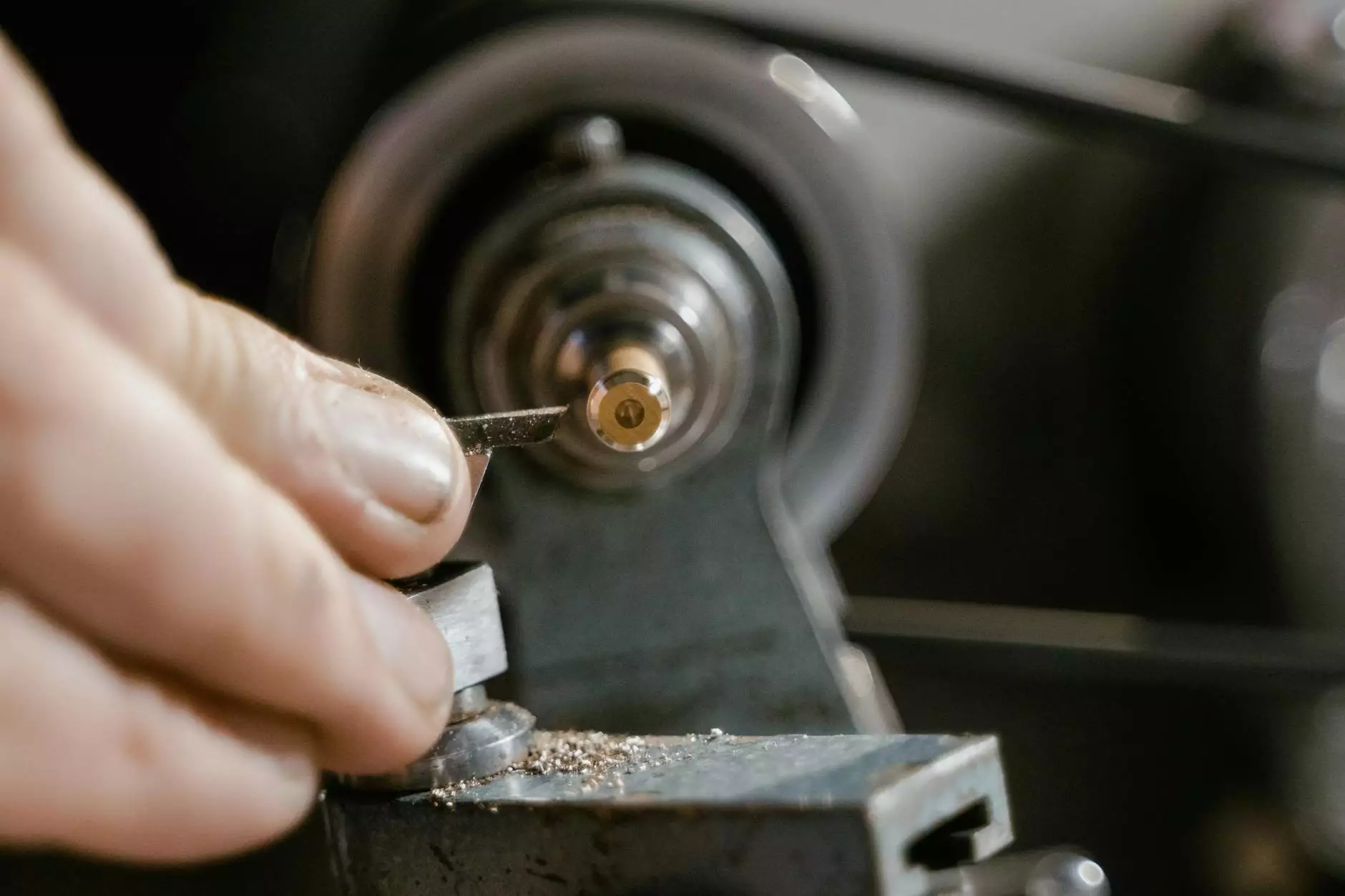Understanding Brown Spots on Feet: Causes, Treatment, and Prevention

Brown spots on feet can be a concerning issue, often causing anxiety for those who notice them. These spots, which can appear for a variety of reasons, can indicate underlying health issues or simply be the result of a natural aging process. In this comprehensive guide, we will delve into the causes, potential treatments, and preventive measures for brown spots on feet, with an emphasis on when to consult a healthcare professional.
What Are Brown Spots on Feet?
Brown spots on feet are typically flat discolorations of the skin. They can vary in size, shape, and color, and while they are generally harmless, they can sometimes indicate more serious conditions. Brown spots may be referred to as hyperpigmentation, resulting from an increase in melanin in the skin. Melanin is the substance responsible for the color of our skin, hair, and eyes.
Common Types of Brown Spots
- Age Spots: Also known as liver spots, these are common in older adults and usually appear on areas of the skin that have been exposed to the sun.
- Freckles: Small, flat, brown spots that occur due to sun exposure and genetic predisposition.
- Melasma: Often appearing during pregnancy or due to hormonal changes, melasma results in larger brown patches.
- Post-inflammatory Hyperpigmentation: This type of brown spot can occur after an injury, bug bite, or inflammation of the skin.
Causes of Brown Spots on Feet
Understanding the root causes of brown spots on feet can help in identifying effective treatment and prevention strategies. Here are some of the most common reasons these spots can develop:
1. Sun Exposure
One of the most significant contributors to brown spots is ultraviolet (UV) radiation from the sun. Prolonged and unprotected exposure can lead to increased melanin production, resulting in age spots or sun spots. It is essential to protect your skin, especially in areas that are frequently exposed to sunlight.
2. Aging
As we age, our skin undergoes numerous changes, including thinning and loss of elasticity. The production of melanin may also become uneven, creating brown spots. This is a common and natural process, but it can be exacerbated by sun exposure.
3. Hormonal Changes
Hormonal fluctuations can lead to the development of brown spots on the skin. This is particularly evident in women during pregnancy or those taking birth control pills. The condition known as melasma is particularly related to hormonal changes and presents as brown patches, especially on the face and feet.
4. Skin Conditions
Certain skin conditions can cause brown spots to appear. For instance, eczema or psoriasis can lead to post-inflammatory hyperpigmentation after the healing of inflamed areas. These spots may take time to fade and can sometimes be mistaken for other skin issues.
5. Medications
Some medications can increase sensitivity to sunlight, leading to an increased likelihood of developing brown spots on exposed skin. It's essential to discuss the side effects of any medications you are taking with your healthcare provider.
Treatment Options for Brown Spots on Feet
If you find yourself troubled by brown spots on feet, there are various treatment options available. It's important to consult with a dermatologist or a vascular specialist to determine the best course of action for your specific case. Here are some potential treatments:
1. Topical Treatments
Topical treatments can be effective for diminishing brown spots. Common options include:
- Hydroquinone: A bleaching agent that can lighten hyperpigmented areas of the skin.
- Retinoids: These promote skin cell turnover, helping to fade dark spots over time.
- Vitamin C: A powerful antioxidant that can brighten the skin and improve its texture.
- AHA/BHA Exfoliants: These acids help in removing dead skin cells and promoting new cell growth, which can lessen the appearance of brown spots.
2. Professional Treatments
For more significant results, consider consulting a dermatologist for professional treatments such as:
- Laser Therapy: This involves using concentrated light to target and break up melanin deposits in the skin.
- Chemical Peels: This treatment removes the outer layers of the skin, which can help fade brown spots and improve skin texture.
- Microdermabrasion: A less invasive procedure that exfoliates the outer layer of skin, helping to even out skin tone.
- Cryotherapy: Freezing brown spots can cause them to fall off over time, providing a quick solution to some skin concerns.
Prevention of Brown Spots on Feet
While some factors leading to brown spots are beyond our control, there are several proactive measures you can take to help prevent them:
1. Sun Protection
The most effective way to prevent brown spots is to protect your skin from the sun:
- Sunscreen: Apply a broad-spectrum sunscreen with at least SPF 30 daily, even on cloudy days.
- Protective Clothing: Wear long sleeves and trousers when possible, and consider UPF-rated clothing.
- Seek Shade: Limit sun exposure during peak hours, typically between 10 a.m. and 4 p.m.
2. Healthy Lifestyle Choices
Maintaining a healthy lifestyle can greatly impact your skin's health:
- Diet: Eat a balanced diet rich in antioxidants, vitamins, and minerals to promote healthy skin.
- Hydration: Stay hydrated by drinking adequate amounts of water daily to keep your skin moisturized.
- Avoid Smoking: Smoking can contribute to skin damage and exacerbate the appearance of brown spots.
3. Regular Skin Check-ups
Routine check-ups with a dermatologist can aid in early detection and treatment of skin issues, including brown spots. This proactive approach helps you stay informed about your skin's condition and receive timely advice on treatment options.
When to Seek Medical Attention
While many brown spots are benign, it is imperative to be aware of changes in your skin. Consult a healthcare professional if you experience:
- Rapid Changes: If a brown spot changes in size, shape, or color.
- Itching or Pain: If the spots become itchy or painful.
- Bleeding or Oozing: Any bleeding or fluid discharge from the spot should be evaluated.
- New Spots Emerging: If new brown spots appear suddenly, especially if accompanied by other symptoms.
Conclusion
In summary, brown spots on feet can arise from various factors including sun exposure, aging, hormonal changes, skin conditions, and some medications. Understanding the potential causes and available treatment options can empower you to make informed decisions about your skin's health. By adopting preventive measures and maintaining a healthy lifestyle, you can reduce your risk of developing these spots.
Always consult with healthcare professionals for personalized advice and treatment tailored to your individual skin type and health needs. At Truffles Vein Specialists, we offer specialized care and diagnostics for vascular conditions and skin health. Don’t hesitate to reach out to us for a consultation today!



